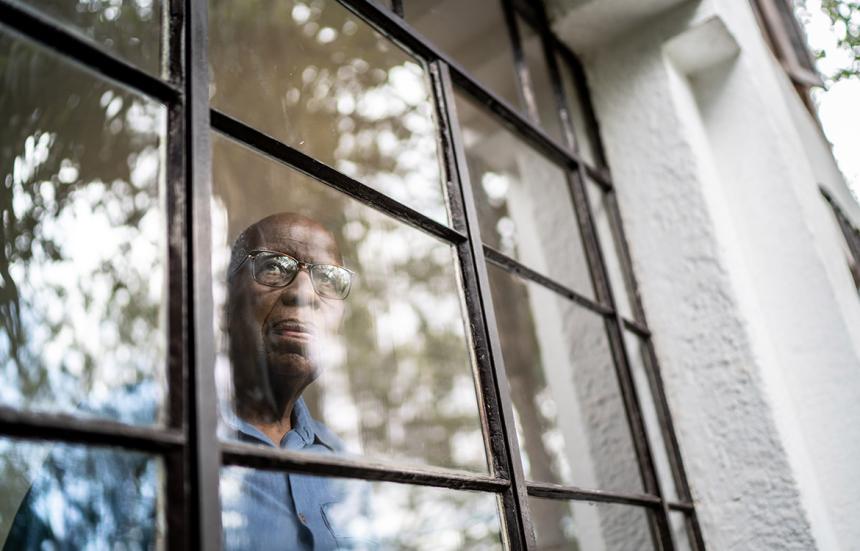Depression vs Sadness: Knowing the Difference

Depression vs Sadness: What Everyone Should Know
Sad, struggling, down, depressed. These are the words we use to describe our lousy, low moods. We use them interchangeably – and that’s just fine.
One word that doesn’t belong there: depression.
What is Depression?
Feeling depressed is not the same thing as having depression. The former describes a mood. The latter is a mental health disorder, medically known as major depression or clinical depression. It’s diagnosed by a medical professional using specific criteria listed in the Diagnostic and Statistical Manual of Mental Disorders, Fifth Edition (DSM-5), published by the American Psychiatric Association.
Since you probably don’t have a copy of the DSM-5 handy, we’ll give you a lay description of depression: It transcends mood. Depression can affect every part of your life, including your ability to work, think clearly and accomplish basic tasks.
Even if you’re really sad for a long time (like after the loss of a loved one), that alone doesn’t constitute depression. Prolonged grief is a risk factor for depression – but so are a lot of things, including a brain chemical imbalance, genetic predisposition, medications or medical problems.
How to Tell if You’re Sad or Depressed
Say you’re in a funk. Maybe you lost your job, your spouse, or your general sense of purpose. You don’t feel much like socializing or eating these days, and you wonder, “Do I have depression?”
The truth is, there’s no way to tell for sure without a doctor visit. Depression often occurs with other health problems, including a thyroid chemical imbalance. You should find out if you have an underlying medical condition.
Still wondering about the differences between depression and sadness? We’ll share a couple more – with the caveat that we really want you to get a doctor involved if you suspect depression.
- Sadness is triggered by a painful experience. Depression can develop without a clear trigger or event.
- Sadness tends to come and go. Depression sticks around, causing physical and mental symptoms even when you don’t feel sad.
Is Therapy a Must? Maybe not.
Different people have different views of depression and its mainstay treatments, medication and therapy. Some people refuse one or the other. Some people rely on both medication and therapy. And some refuse to try both medication and therapy.
These are personal choices, but we do encourage some form of treatment if you’ve been diagnosed with depression. You can’t will your way out of a mood disorder any more than you can will your way out of the flu. Plus, untreated depression can increase your risk of physical illness.
How to Get Help from your Primary Care Doctor
As for where to start, you don’t have to go further than your MDVIP-affiliated doctor. Most primary care doctors are perfectly qualified to screen, diagnose, and treat patients for clinical depression. In fact, primary care doctors (including general practice, family medicine, and internal medicine MDs) provide around half of all care for common mental health disorders in the United States.
Whatever the outcome of your mental health check, your MDVIP-affiliated doc can make numerous recommendations to help you feel better – ones you’re likely to stick with, because they know you, care about you, and want to help you get back to your old self.
